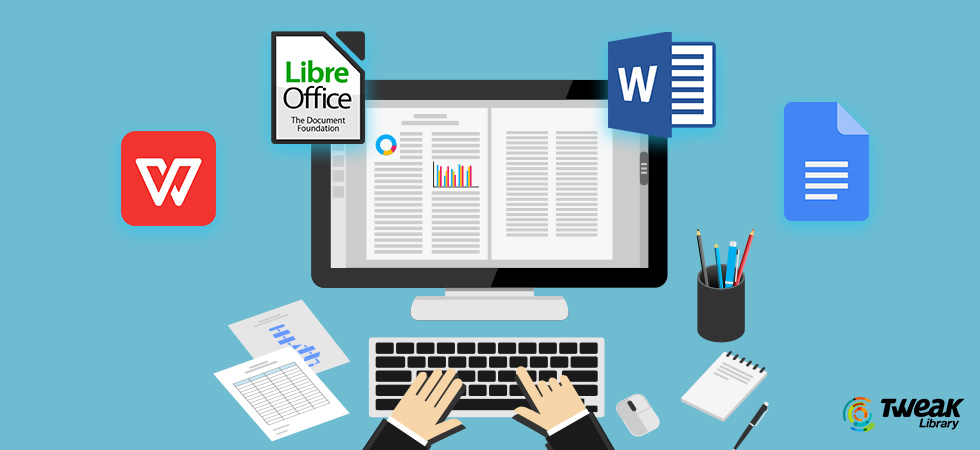
G Suite For Mac Outlook
While technology can be impressive (cars driving themselves, private spacecraft shuttles supplying the international space station, apps that can pretty much run your life), it’s amazing we still struggle with syncing two email systems. When it comes to G Suite syncing with Microsoft Outlook, the issues are not quite solved.
Outlook to G Suite Migration Tool aims to migrate Outlook PST to G Suite / Google Apps Account. This Outlook to Google Apps Migration tool import multiple PST to Google Apps without Outlook installation. G Suite migration tool is best GSMMO Alternative to export contacts, emails, calendars from.
Garmin usb drivers for mac. This setup combines the initial install and updates for both the USB GPS drivers and the USB Data Card Programmer drivers. Garmin GPS USB Drivers support Windows XP 64-bit, Vista 64-bit, and Windows 7 64-bit. Garmin GPS USB Drivers have passed the Microsoft Logo Certification testing (Winqual) for all OS's up to and including Windows 7 x64. Garmin Express Software does not find anything at 'Plug In a Device, ANT Stick or Memory Card' step. Tried multiple USB ports, In device manager I am able to see an entry: libusb-win32 devices ANT USB-m and that is working properly. If the drivers are installed properly, but TrainerRoad cannot find the ANT+ USB stick, there may be conflicting programs as only one program can access the ANT+ USB stick at a time. Check for Garmin ANT Agent in the system tray. If that program is on, make sure you exit it. Questions relating to drivers for either the ANT USB sticks (ANT USB1, ANT USB2) or the ANT development kit USB stick. ANTwareII is the ANT developer’s friend. It is great for trying out network configurations and logging the results. ANT Hardware. Find out about the new AP2 / C7 features and the capabilities of various ANT modules & chipsets. Garmin Support Center is where you will find answers to frequently asked questions and resources to help with all of your Garmin products. Skip navigation links. All Wearables & Smartwatches Fashion Smartwatches MARQ Luxury Watch Collection Running Multisport Adventure Swimming Diving Golf Fitness Tracking Kids Wearables.
More accurately, sync works—as long as you stay within an ecosystem. Use Microsoft Outlook with Office365 (or Exchange)? Or Google Calendar with Google Apps? Everything works.
But if you want to sync between the Microsoft and Google ecosystems, your options get limited.
Sync G Suite to Microsoft Outlook
Microsoft Outlook paired with G Suite makes sync possible, but only for Google Apps customers. G Suite Sync for Microsoft Outlook (or, GASMO) allows an organization to let people continue to use Microsoft Outlook on Windows desktops, but connect with data in G Suite instead of Microsoft Exchange. Individuals can use GASMO, too, but you’ll need to upgrade to a paid G Suites account to do so.
With GASMO, nearly all of your core Google data syncs to Outlook, including Gmail, Google Calendar, Contacts, and Tasks information. Some features operate a bit differently—for example, flags in Outlook display as stars in Gmail. In other cases, the limits are different: attachments larger than 20mb don’t sync. And some features in Outlook won’t work: you can’t recall a message, for example, and you won’t receive a delivery receipt if you request one. However, you can receive read receipts, unless the recipient has turned the feature off. (See Google’s detailed feature comparison and translation document for all the details.)
Microsoft Outlook and standard Google accounts
Email sync between Outlook and Gmail is available to all accounts, paid and free. Both Microsoft and Google support email access with IMAP, an email standard first devised in the 1980s. To access Gmail in Outlook, first enable IMAP access to your email in Google (here’s how: G Suite or Gmail), then add your Gmail account as an additional account (in either Outlook or Outlook.com). Email changes will sync. For example, send an email from an Outlook-connected Gmail account, and the email will display in “Sent mail” when you view Gmail on the web.
The rest of your data—your calendar, contacts, tasks, and notes—won’t sync as well as email. It’s not because standard formats for these don’t exist. CalDav and CardDav establish ways to access scheduling and contact information, but both the service provider and client need to support the standards. Outlook and Google can’t sync data this way.
Outlook can be set to view your Google Calendar data, but changes made in Outlook won’t sync. You’ll need to add or modify events on the web or in a Google Calendar mobile app. To connect your Calendar, locate your Google Calendar iCal link, then subscribe to that link in Outlook. (See Microsoft’s instructions for a step-by-step walkthrough.)
You can import contact information into Outlook from Google Contacts. But again, unless you use a full G Suite account, Outlook and GASMO, no sync takes places. The best you can do is to export your contacts, then import them into Outlook. The process works a bit differently if you use Outlook.com, but the concept is similar.

To move Google Tasks to Outlook you type… as in, re-type your tasks. Google Tasks lacks an export function. You can download your tasks to a .zip file in JSON format. But once you have the file, there’s no simple way to import your data into other task management programs.
On one level, the technology we have access to is amazing. But it’s surprising that seemingly simple tasks—like Tasks!—can’t sync or export easily. People who use G Suite can install GASMO to use Outlook as a “front-end” to G Suite. Yet you’d think data compatibility for calendars, contacts, and tasks would be a universally solved problem. It may be in theory. It isn’t in practice.
Your best bet? Choose an ecosystem and stick with it.
